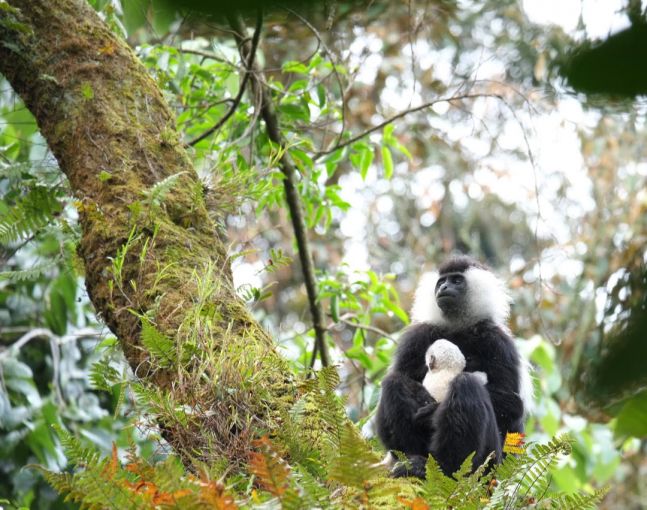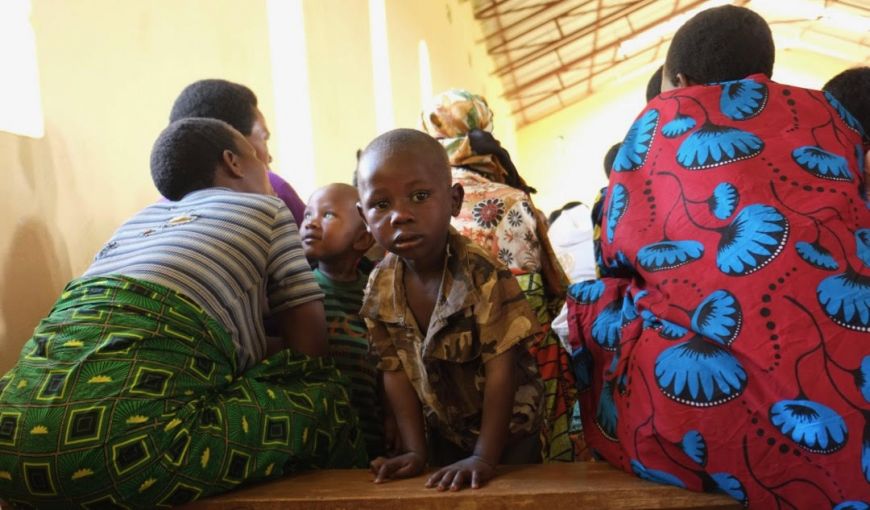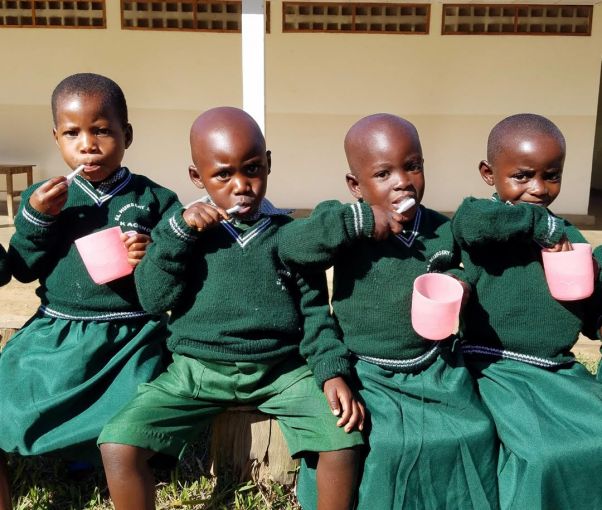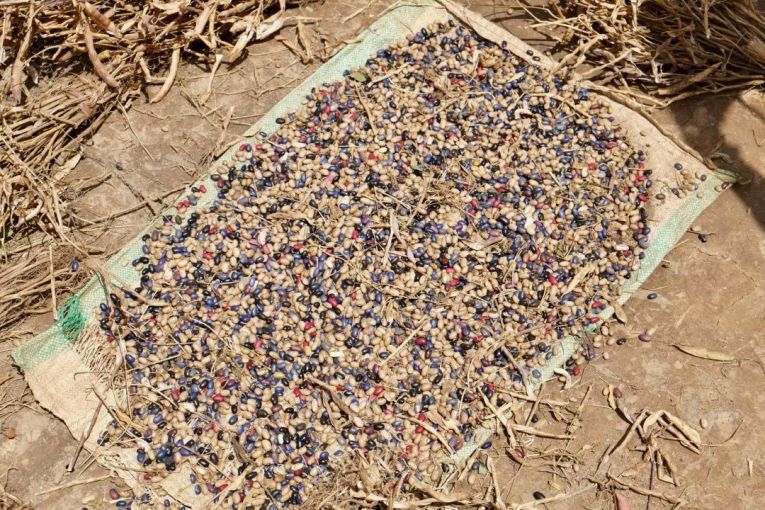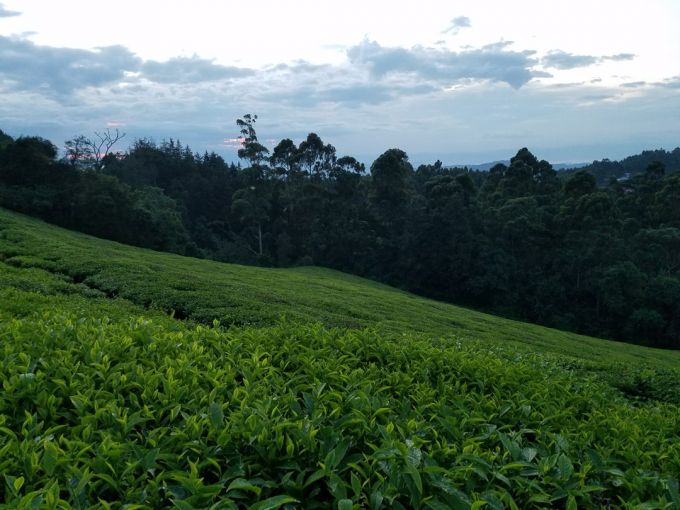Elham Shabahat is a graduate student in the Yale School of Forestry and Environmental Studies, studying conservation, environmental justice, and climate change adaptation. Previously, Elham  worked in communications for various UN agencies such as UNDP, UNICEF and the World Bank. She is currently exploring the impact of climate change on mountain gorillas and local people living near gorilla habitat, as part of the partnership on climate change journalism between YPCCC and the Pulitzer Center for Crisis Reporting. She was the first student awarded a summer fellowship and travel grant under the partnership. Here she offers a brief photo essay from her summer field work.
worked in communications for various UN agencies such as UNDP, UNICEF and the World Bank. She is currently exploring the impact of climate change on mountain gorillas and local people living near gorilla habitat, as part of the partnership on climate change journalism between YPCCC and the Pulitzer Center for Crisis Reporting. She was the first student awarded a summer fellowship and travel grant under the partnership. Here she offers a brief photo essay from her summer field work.
I’m in Rwanda to explore the relationship between parks and people, and how climate change plays into a dynamic where conservation and development can both work together and clash. Everywhere, I sense the push and pull between people and wildlife; their competing concerns, the harmonizing role of forests, and the polarizing nature of protected areas.
The photos are from Nyungwe National Park, one of the largest and most biologically-diverse montane forests in the Albertine Rift highlands of East-Central Africa. Established in 2005 as a national park, Nyungwe is managed by the government of Rwanda supported by Wildlife Conservation Society Rwanda (WCS). Climate change projections show a warmer and wetter future for Nyungwe, with significant temperature and rainfall increases.
Another factor to consider is fire; in 1997, wildfires destroyed a substantial part of the forest – nearly 13,000 hectares or 12% of the park. During dry months, fires can be intense and last for many days. According to Michel Masozera, country director of WCS Rwanda, more research is needed to assess fire’s relation to climate change. “We collect climate data, but we have not yet related it to climate events such as fire and flooding. These events are seen as random occurrences, but if you do the analysis, you will find a pattern in occurrences,” he said.
All photos taken by Elham Shabahat. Rwanda, 2017. They can also be viewed on the Pulitzer Center website.
